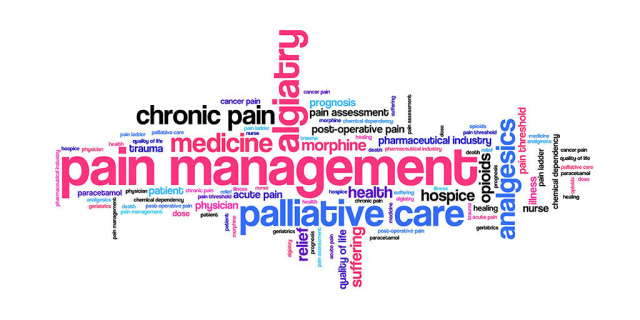

Earlier this summer, the U.S. Pain Management Best Practices Inter-Agency Task Force issued the report “Pain Management Best Practices: Updates, Gaps, Inconsistencies, and Recommendations.” The U.S. Pain Management Best Practices Inter-Agency Task Force (Task Force) was created under the 2016 Comprehensive Addiction and Recovery Act (CARA) to address the treatment of acute and chronic pain that has driven the nation’s opioid epidemic. The report’s release is particularly timely since September is National Pain Management Month, when policymakers and stakeholders across the healthcare spectrum focus on ways to improve how pain is treated in this country.
According to the Task Force report, nearly 50 million adults experience chronic daily pain, and nearly 20 million adults experience high-impact chronic pain that interferes with daily life or work activities, at an annual cost of between $560 billion to $635 billion.
To address this critical public health issue, the Task Force report emphasizes the importance of individualized, patient-centered care, and provides recommendations related to clinical best practices, multidisciplinary approaches to acute and chronic pain management, and consideration of special patient populations affected by chronic pain.
In establishing best practices for individualized, patient-centered treatment of pain, the Task Force reviewed and made recommendations on “Interventional Approaches” to pain management, including image-guided and minimally invasive procedures. The report acknowledges a gap with multimodal, non-opioid therapies being underutilized in the perioperative care, inflammatory, musculoskeletal, and neuropathic injury settings. To address this gap, the report recommends the use of procedure-specific, multimodal regimens and therapies when indicated in the perioperative period, including various non-opioid medications, ultrasound-guided nerve blocks, analgesia techniques (e.g., lidocaine, ketamine infusions), and psychological and integrative therapies to mitigate opioid exposure. The report also recommends providers use multidisciplinary and multimodal approaches for perioperative pain control in selected patients at higher risk for opioid use disorder (e.g., joint camps, Enhanced Recovery After Surgery [ERAS], Perioperative Surgical Home [PSH]). To ensure best practices for the treatment of pain, the Task Force report emphasizes the need to address stigma, risk-assessment, access to care, and education.
As a manufacturer of high quality, portable ultrasound systems, Sonosite is working with physicians and hospitals across the country to transform pain care by using ultrasound-guided regional anesthesia and nerve-block techniques as a safe, cost-effective alternative to opioids. Addressing acute and urgent pain with non-opioid alternative protocols, Alternative to Opioids in the Emergency Department (ALTO), Enhanced Recovery After Surgery (ERAS), and the Perioperative Surgical Medical Home can reduce healthcare costs and mitigate addiction risk.
FUJIFILM Sonosite applauds the U.S. Pain Management Task Force report for recognizing the value of non-opioid interventional approaches for the treatment of acute and chronic pain and for adopting several recommendations Sonosite submitted to the Task Force. The Task Force report represents an important step forward in addressing the opioid crisis by advancing recommendations to improve pain management, and deserves thoughtful consideration by policymakers and stakeholders alike.
The final Task Force report can be found here.

